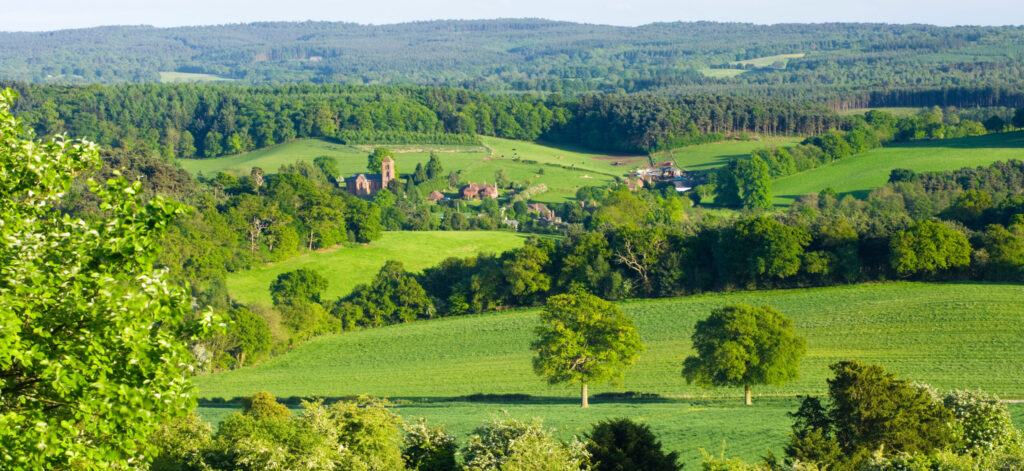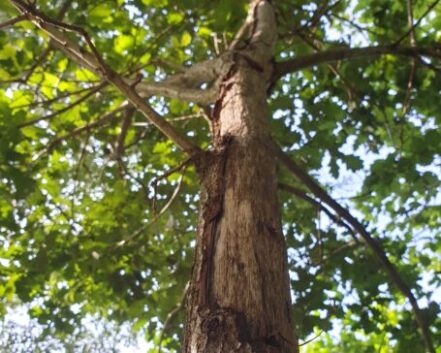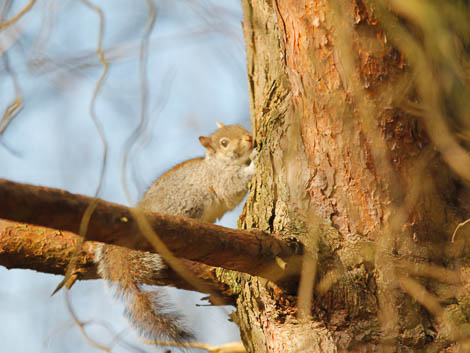Woodland Damage
Damage by grey squirrels affects biodiversity, the creation and management of woodland and ultimately carbon capture

Younger trees are more vulnerable to this form of attack as the bark is easier to remove. Once the tree is ring-barked (the bark is removed all the way round the trunk) it will inevitably die. Trees between the ages of ten and fifty years are the most at risk. There are few tree species that do not suffer damage by grey squirrels.
This report, which only covers England and Wales, does not include harder to measure impacts on landscape, public health or wildlife caused by tree loss and damage.


As a direct result of grey squirrel activity the large-scale planting of native broadleaf trees has effectively stopped. This is an environmental as well as a commercial disaster, as mature trees play a vital role in both biodiversity and carbon capture.
Find more https://rfs.org.uk/news-list/grey-squirrels-threatening-our-woodlands-to-tune-of-1-1bn/
The film below produced by the UK Squirrel Accord explains in greater detail the environmental damage caused by bark-stripping.
